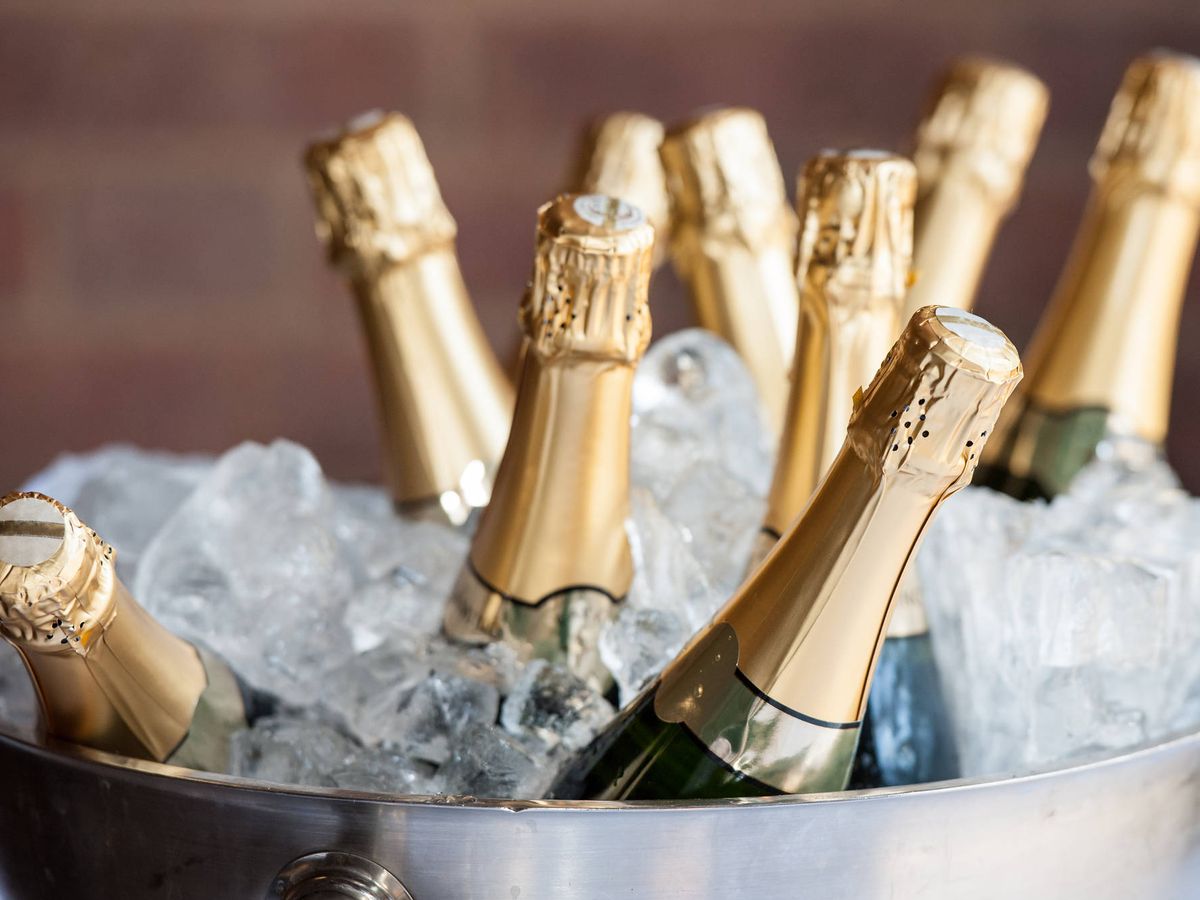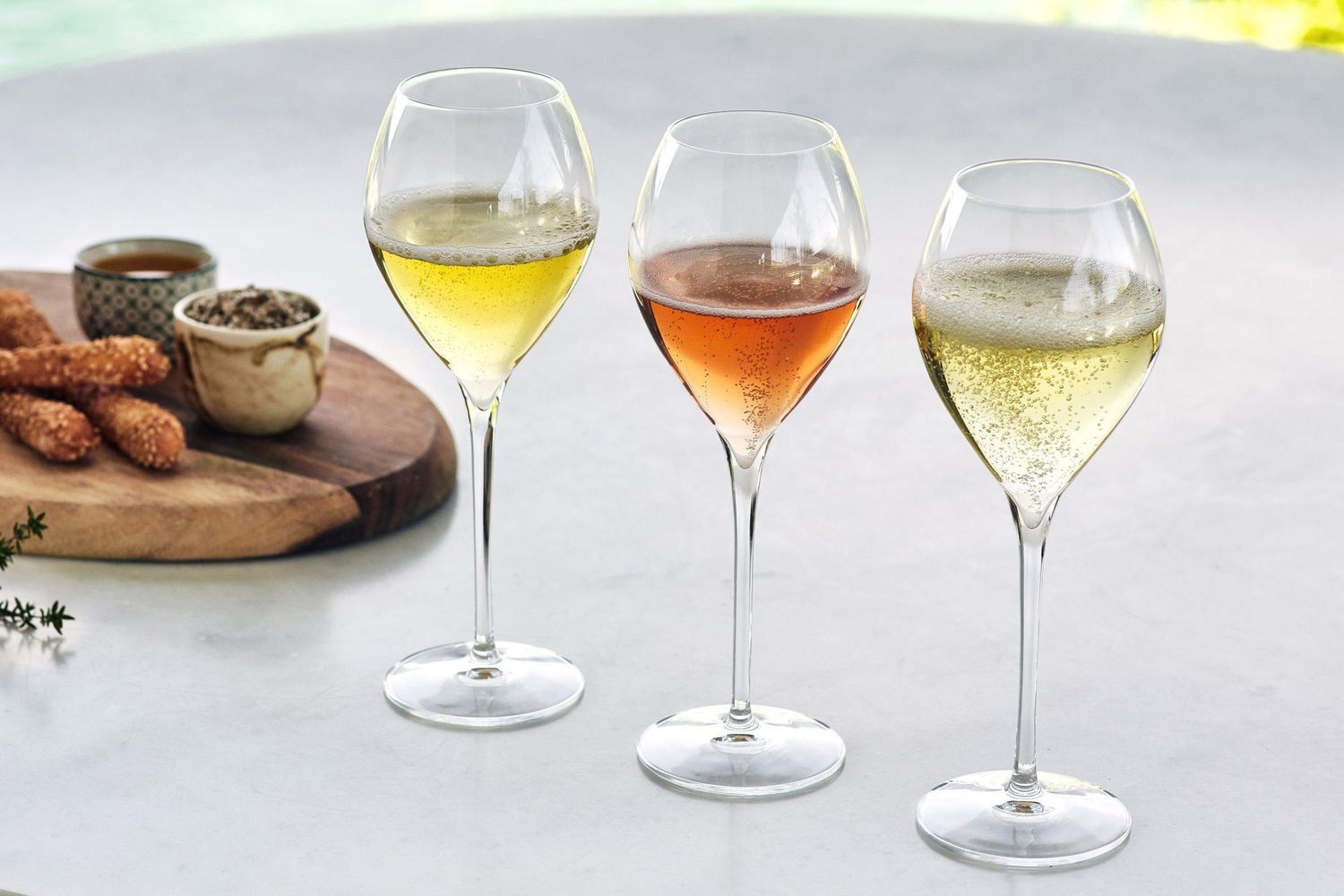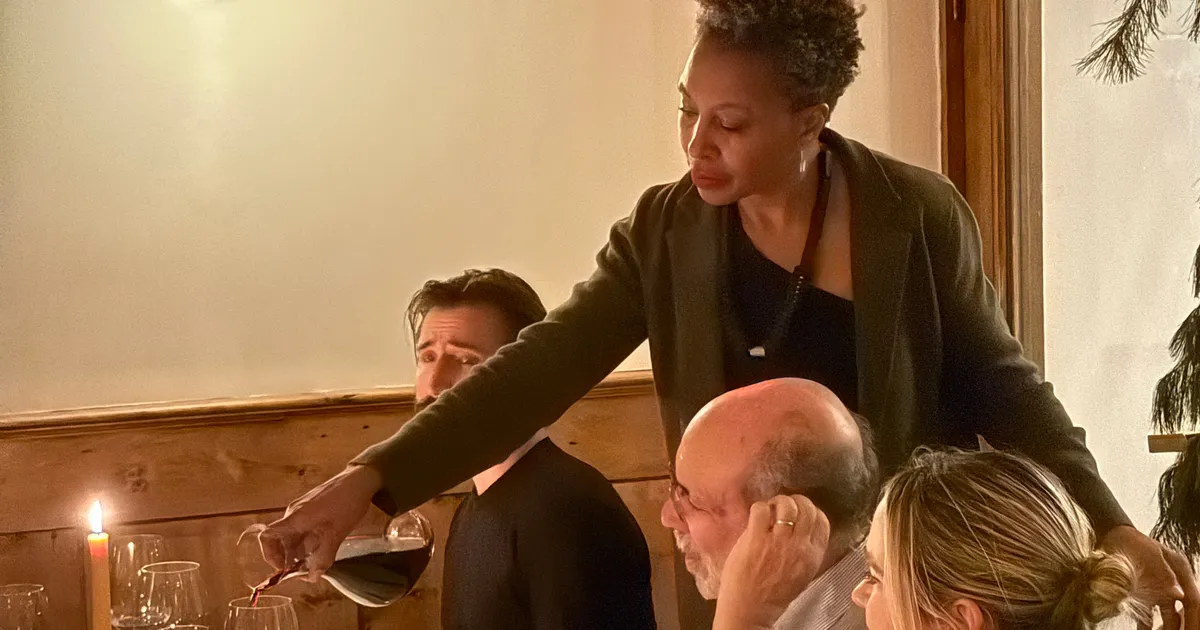When phylloxera devastated European vineyards in the mid-19th century, Catalan winemakers faced a choice: surrender or innovate. They chose innovation, and from this crisis emerged Cava, Spain’s magnificent answer to French Champagne. This sparkling wine revolution began in 1872 when Josep Raventós produced the first bottles of Spanish sparkling wine using the traditional méthode champenoise at Codorníu winery.
What started as an experiment in the Penedés region near Barcelona has evolved into an internationally acclaimed wine that offers the same quality and production methods as Champagne, but with distinctly Spanish character and significantly more affordable pricing. Today, Cava represents the ingenuity and resilience of Catalan winemakers who transformed disaster into opportunity, creating a sparkling wine that celebrates both tradition and innovation.
The Birth of Spanish Sparkling Wine
The story of Cava begins with catastrophe and creativity. After the phylloxera epidemic destroyed traditional red wine vineyards in Catalonia, innovative winemakers saw an opportunity to experiment with white grape varieties. Josep Raventós, inspired by his visits to the Champagne regions of France, decided to apply the méthode champenoise to local Spanish grapes. In 1872, he produced the first Spanish sparkling wine at the Codorníu winery, laying the foundation for what would become the Cava industry.
Initially called “Xampan” or “Champán,” the wine was later renamed “Cava” (meaning cellar or cave) after the European Union granted protected designation status to French Champagne, preventing Spanish producers from using similar names. This name change in 1986 coincided with Cava receiving its own Designation of Origin status, recognizing its unique quality and production methods.
Traditional Production Methods

Cava production follows the same traditional method as Champagne, ensuring comparable quality and complexity. The process begins with early grape harvesting to maintain high acidity levels essential for quality sparkling wine. Grapes are gently pressed and undergo first fermentation in stainless steel tanks or oak barrels, creating the base wine.
The magic happens during the second fermentation, where the blended wine is bottled with added sugar and yeast, creating the signature bubbles through trapped CO2. Bottles rest “sur lie” (on the lees) in underground cellars, developing complex toasty flavors over time. Cava requires minimum aging periods: 9 months for Cava de Guarda and 18-36 months for Cava de Guarda Superior.
Distinctive Grape Varieties and Terroir
What truly distinguishes Cava from Champagne lies in its grape varieties and Mediterranean terroir. While Champagne uses Pinot Noir, Pinot Meunier, and Chardonnay, Cava relies on traditional Spanish varieties: Macabeu, Xarel·lo, and Parellada. These three white grapes form the classic trilogy that defines Cava’s unique character, with Trepat added for rosé varieties.
The Mediterranean climate and limestone-clay soils of the Cava region create different flavor profiles compared to Champagne’s cooler French climate and acidic soils. This terroir influence gives Cava its distinctive freshness and vibrant character while maintaining the elegance expected from traditional method sparkling wines.
Leading Cava Brands and Market Success
The Cava industry has produced several internationally recognized brands that dominate retail and supermarket shelves worldwide. Freixenet leads the market with €540 million in revenue, followed by Codorníu with €420 million. Other notable brands include Segura Viudas, Anna de Codorníu, and Jaume Serra, each offering different price points and styles to suit various consumer preferences.
Cava’s success stems from delivering Champagne-quality sparkling wine at approximately half the price, making luxury accessible to broader audiences. This value proposition, combined with consistent quality improvements and international marketing efforts, has established Cava as a formidable competitor in the global sparkling wine market.


